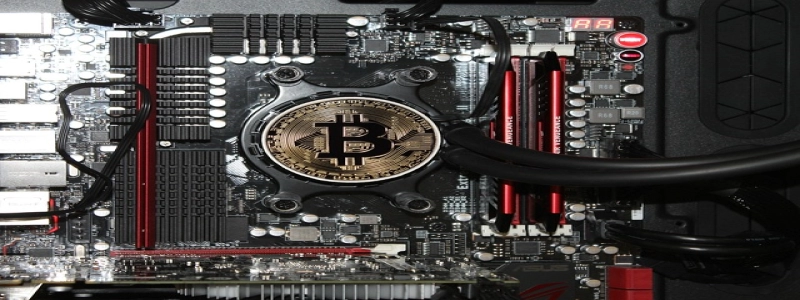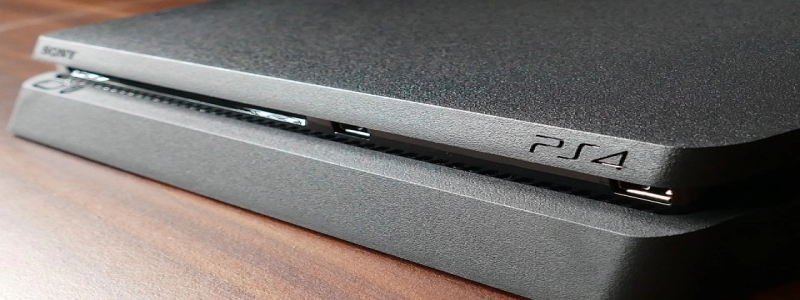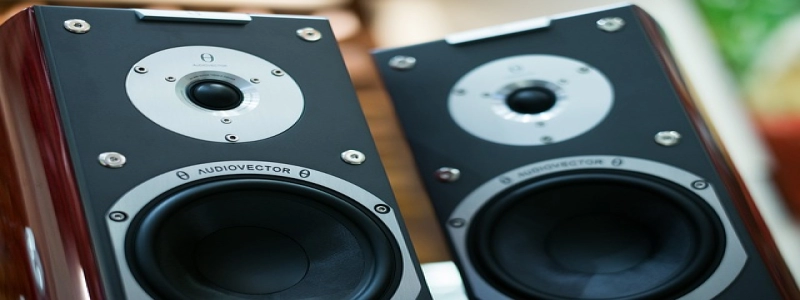Fiber Over Ethernet
1. Introduction
1.1 What is Fiber Over Ethernet?
Fiber Over Ethernet (FOE) is a networking technology that combines the benefits of fiber optic cables and Ethernet protocols. It enables the transmission of Ethernet data over long distances using fiber optic infrastructure.
1.2 Why Fiber Over Ethernet?
Traditional Ethernet cables have limitations when it comes to distance. They can transmit data effectively only up to a certain distance, typically around 100 meters. This limitation becomes a challenge for organizations that require network connectivity over larger areas such as campuses, industrial complexes, or metropolitan areas.
2. How Does Fiber Over Ethernet Work?
2.1 Fiber Optic Cables
Fiber optic cables use light signals to transmit data instead of electrical signals. These cables consist of thin strands of glass or plastic surrounded by protective layers. The light signals travel through these strands, bouncing off the inner walls, and reaching the other end to carry the data.
2.2 Ethernet Protocols
Ethernet is a set of protocols that governs data transmission over a network. It establishes rules for devices to communicate with each other, ensuring data integrity and reliability. Ethernet protocols define the format of data packets, error detection and correction mechanisms, and network addressing.
3. The Advantages of Fiber Over Ethernet
3.1 High Speed and Bandwidth
Fiber optic cables have the capability to transmit data at much higher speeds than traditional copper cables. FOE can support Ethernet speeds ranging from 1 Gigabit per second (Gbps) to 100 Gbps and beyond. This high-speed capability is essential for applications that require real-time data transfer or large file transfers.
3.2 Long Distance Transmission
Fiber optic cables have a remarkable advantage when it comes to long-distance transmission. They can transmit data reliably over several miles without significant signal degradation. FOE enables organizations to connect remote locations or extend their network infrastructure without the limitations of traditional Ethernet cables.
3.3 Immunity to Interference
Fiber optic cables are immune to electromagnetic interference, unlike copper cables. This immunity ensures that the data transmission remains reliable even in environments with high levels of electrical interference. FOE is ideal for environments such as power plants, industrial facilities, or areas with a high concentration of electrical equipment.
4. Applications of Fiber Over Ethernet
4.1 Metropolitan Area Networks (MAN)
FOE is widely used in Metropolitan Area Networks that cover large geographical areas within a city or a region. It allows organizations to connect multiple locations with high-speed, long-distance connectivity. MANs enable seamless communication and data transfer between offices, campuses, or government institutions.
4.2 Industrial Automation
In industrial environments, FOE provides reliable and high-speed data transmission for automation systems. It ensures real-time communication between sensors, actuators, and control systems, allowing for efficient and precise control over industrial processes. FOE is crucial for industries such as manufacturing, energy, and transportation.
5. Conclusion
Fiber Over Ethernet offers a powerful networking solution that combines the advantages of fiber optic cables and Ethernet protocols. It provides high-speed, long-distance transmission with immunity to interference, making it suitable for a wide range of applications. With the increasing demand for reliable and fast connectivity, FOE is becoming the preferred choice for organizations seeking to expand their networks beyond the limitations of traditional Ethernet cables.








